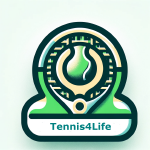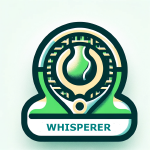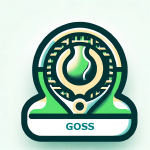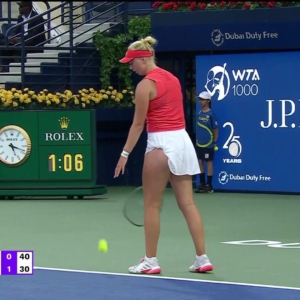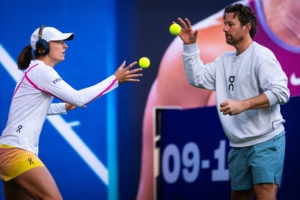Getting in the Zone: Inside the Mind of Chiefs Star Travis Kelce
Introduction
📌 Travis Kelce, the Kansas City Chiefs’ star tight end, is known for his unique approach to preparation and relentless dedication to the game. During practices, Kelce often isolates himself, mentally rehearsing plays and movements—a habit that his teammates and coaches recognize as integral to his success.
Despite his fame, including a high-profile relationship with Taylor Swift and numerous off-field opportunities, Kelce remains deeply committed to football and intends to continue playing at an elite level.
Applying Kelce’s Work Ethic to Tennis
Travis Kelce’s approach to football—his mental focus, relentless preparation, leadership, and longevity—translates well into competitive tennis. Here’s how tennis players can integrate his mindset and training habits into developing their own game:
📌 1. Mental Preparation: Visualizing & Practicing in Your Own Zone
✅ Shadow Swinging & Visualization – During downtime or warm-ups, practice cross-over steps, footwork patterns, and swing mechanics without the ball.
✅ Silent Rehearsals – Before matches, visualize different point scenarios (e.g., defending against a big server, executing a drop shot, or constructing a point on a slower surface).
✅ Between Points Reset – Use the time between points to refocus mentally, just as Kelce locks into his zone when waiting for the offense to take the field.
💪 2. Relentless Training & Competitive Edge
✅ Commit to Consistent Drills – Work on footwork patterns, agility, and stroke repetition—even when you’re not in full practice sessions.
✅ Embrace the Hard Days – If Kelce fights through fatigue in practice, tennis players should train through slight discomfort (e.g., continuing drills when mentally drained).
✅ Match Simulation in Practice – Create match-like intensity in training sessions so that match-day nerves don’t affect execution.
🎾 3. Leadership & Holding Others Accountable
✅ Doubles Leadership – In doubles play, communicate effectively, encourage your partner, and take responsibility for keeping team energy high.
✅ Being a Mentor – If you train with juniors or less experienced players, lead by example by keeping high intensity in practice.
✅ Setting the Standard – Just as Kelce refuses to let younger players coast, demand effort from yourself and training partners.
🏆 4. Staying Hungry Despite Success
✅ Avoid Complacency – Whether you’ve won a club tournament or reached a new ranking, immediately set new goals.
✅ Long-Term View – Like Kelce, focus on the longevity of your career by maintaining proper conditioning and avoiding burnout.
✅ Champion’s Mindset – Tennis legends like Novak Djokovic and Rafael Nadal mirror Kelce’s hunger—always finding ways to improve and never settling.
🔥 5. Handling High-Stress Moments
✅ Control Emotions – Channel frustration into positive intensity rather than letting it spiral into unforced errors.
✅ Use Pressure to Elevate Performance – Train to perform your best in tiebreaks, match points, and clutch situations.
✅ Psychological Resilience Drills – Implement routines like deep breathing, positive self-talk, and mindfulness to stay composed under pressure.
🩺 6. Physical Durability & Longevity
✅ Tennis-Specific Strength & Agility Training – Work on lower-body strength for explosive movement and upper-body endurance.
✅ Recovery & Injury Prevention – Incorporate stretching, yoga, hydration, and proper nutrition to extend your career.
✅ Footwork Mastery – Small prep steps, explosive first steps, and recovery steps are essential for maintaining an elite level.
💡 Final Thoughts
🎯 Just like Kelce, tennis players should strive to stay in their “own zone,” push boundaries, and refuse to settle for anything less than excellence.
Embrace the mental toughness, work ethic, and competitive drive that define Kelce’s career, and bring them onto the tennis court—because success is built through consistent effort, preparation, and an unshakable mindset.

